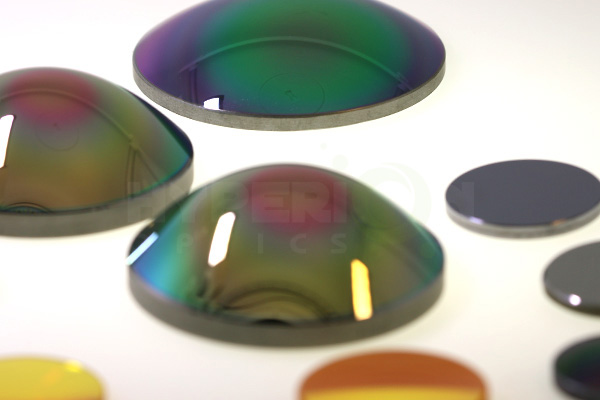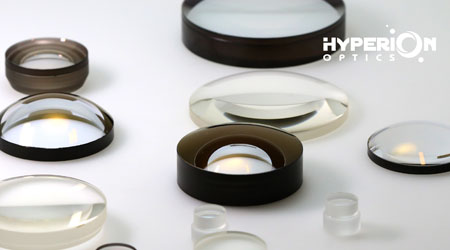1) Central wavelength (CWL): The wavelength used, such as the main peak of the light source is 850 nm led lamp, requires a central wavelength of 850 nm.
2) Transmittance (T): Assuming that the initial value of light is 100%, there is a loss after passing through the optical filter, which is only 85% by evaluation, then the optical transmittance of the optical filter is only 85%. Simply put, we all hope that the less we lose in doing everything, the better.
3) Peak transmittance (Tp)>85%
4) Half Bandwidth (FWHM): Simply speaking, the corresponding wavelength at 1/2 of the transmittance of MAX is minus the left and right wavelength values. For example, the best peak is 90%, 1/2 is 45%, 45% corresponds to the left and right wavelengths of 800 and 850 nm, and the half bandwidth is 50 nm.
5) Blocked: The transmittance corresponding to the cut-off area. Because it is very difficult to achieve a transmittance of 0%. Knowing that the sun can turn underground trees into charcoal, it's very difficult to hide everything by this thin film. We can only choose the smaller the transmittance is, the better. That is, the smaller the undesirable spectral transmittance is.
6) Cut-off band: acceptably unwanted wavelength to small area.
7) Hard coating: oxide material plating (e.g. Ta2O5, SiO2, etc.)
8) Optical filter soft film: in addition to oxide materials, such as fluoride (MgF2), sulfide, commonly used gold, silver, aluminum and so on.
9) Optical filter antireflective film: antireflective film, which increases the penetration of light and makes effective use of light energy.
10) BBAR: Back Broadband Antireflective Film
11) High reflection (HR): Light is returned or reflected away more by a certain wavelength, such as a mirror normally used.
12) High transmittance (HT): Light passes through a certain wavelength with less loss, such as ordinary glass windows. It belongs to visible high transmissivity.

 Call us on:
Call us on:  Email us:
Email us:  R&D Center: 9B-4F 401,No.1 Qingnian Road Liando U Valley,Yuhua International Wisdom Valley, Nanjing, 210039 China
R&D Center: 9B-4F 401,No.1 Qingnian Road Liando U Valley,Yuhua International Wisdom Valley, Nanjing, 210039 China









 English
English  cn
cn  de
de  es
es  fr
fr 


